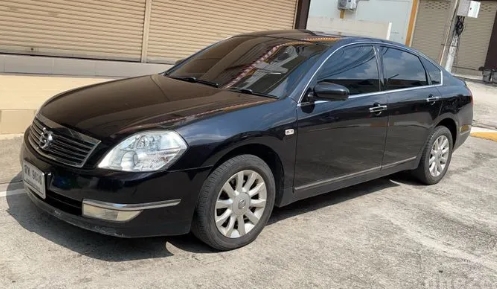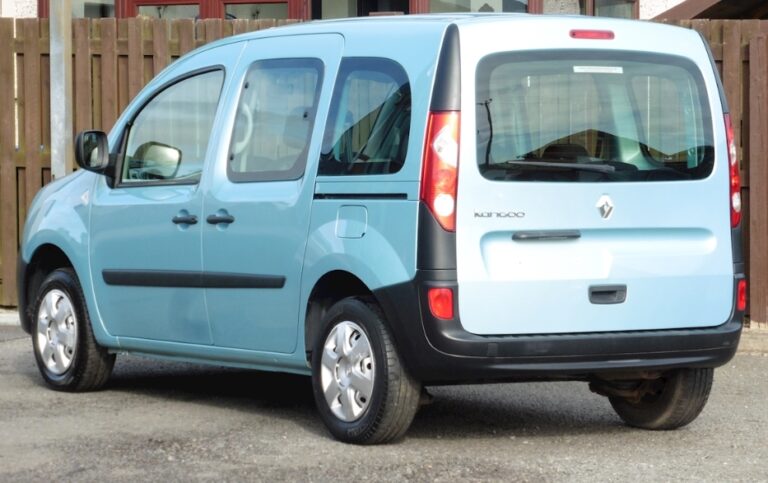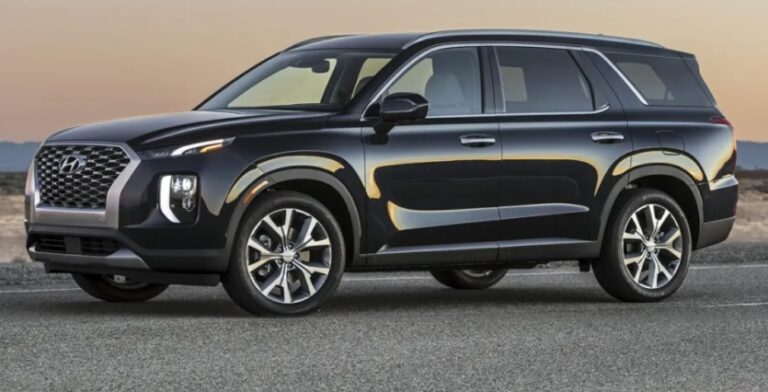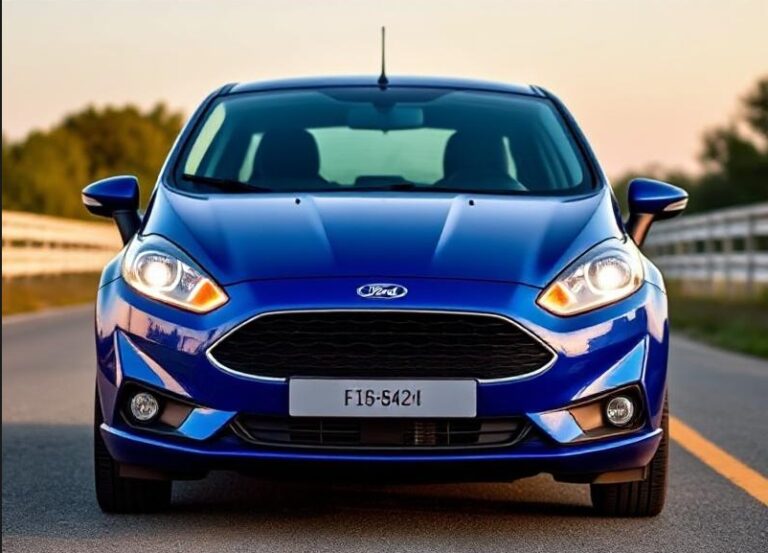The Evolution of the Nissan Teana
In the competitive world of the mid-size D-segment sedan, dominated for decades by titans like the Toyota Camry and Honda Accord, carving out a distinct identity is a monumental task. Yet, for nearly two decades, Nissan did just that with the Teana.
While it may not have achieved the same global sales stardom as its rivals, the Teana cultivated a loyal following by championing a different philosophy: one centered not on sporty dynamics, but on uncompromising comfort, sophisticated design, and a serene, lounge-like cabin experience. This is the story of its evolution, a journey through three distinct generations that saw it transform from a unique Japanese domestic market creation to a global sedan, before ultimately bowing to the inexorable rise of the SUV.
The Genesis: Predecessors and the Birth of a Concept
Before the Teana, Nissan’s mid-size executive sedan lineup was primarily represented by two venerable nameplates: the Cefiro and the Laurel. The Cefiro, particularly in its A32 and A33 generations (1994-2003), was known for its smooth V6 engines and comfortable ride, finding success across Asia and the Middle East. The Laurel was a more traditional, rear-wheel-drive luxury sedan with a long heritage in Japan.
By the early 2000s, under the leadership of Carlos Ghosn and the ongoing Nissan Revival Plan, the company sought to streamline its product portfolio. The decision was made to merge the front-wheel-drive Cefiro and the rear-wheel-drive Laurel lines into a single, modern, front-wheel-drive platform. The goal was to create a car that embodied the concept of “Modern Living”—a vehicle that served as a relaxing, luxurious sanctuary from the chaos of the outside world. This car was the Nissan Teana.
First Generation (J31): The Lounge on Wheels (2003–2008)
Unveiled in Japan in February 2003, the first-generation Teana (J31) was a radical departure from the conservative styling of its predecessors. Built on Nissan’s FF-L platform, which it shared with the North American Altima and Maxima, the J31 was designed with interior ambiance as its highest priority.
Design and Philosophy: The exterior was clean and elegant, characterized by a bold, waterfall-style grille and sweeping lines. But its true innovation was inside. The cabin was conceived as a “modern living room,” featuring soft-touch materials, wood-grain accents that were more reminiscent of high-end furniture than automotive trim, and a calming, uncluttered dashboard layout. Its most iconic feature was the front passenger seat, which often included a power-operated ottoman leg rest, allowing the passenger to recline in business-class comfort—a feature unheard of in its segment at the time.
Powertrains and Technology: The J31 Teana was defined by its smooth V6 power. It completely eschewed the sporty pretensions of some rivals, focusing instead on quiet, effortless performance.
Engines: The lineup was primarily powered by Nissan’s lauded VQ-series V6 engines. The core models used a 2.3-litre VQ23DE V6 producing around 173 horsepower, paired with a 4-speed automatic transmission. The flagship model received the potent 3.5-litre VQ35DE V6 (the same family as in the 350Z), tuned for smoothness and delivering a robust 231 horsepower, connected to Nissan’s Xtronic Continuously Variable Transmission (CVT). In certain markets, a more economical 2.0-litre QR20DE inline-four engine was also offered as the entry-level option, paired with the 4-speed automatic.
Models and Trim Levels: Trim levels varied significantly by market, but the Japanese Domestic Market (JDM) hierarchy provides a clear picture:
200JK: The entry-level model, typically equipped with the 2.0L inline-four engine.
230JK / 230JM: The volume sellers, featuring the 2.3L V6. The ‘JM’ variant usually added more luxury features like the ottoman seat and premium audio.
350JM: The top-of-the-line model with the 3.5L V6, Xtronic CVT, full leather interior, and advanced features for the era like a DVD navigation system.
Axis: A special version tuned by Nissan’s subsidiary Autech, featuring a unique grille, bespoke wheels, and a more luxurious interior trim, available with either the 2.3L or 3.5L engine.
The J31 was a quiet success. It was exported to numerous markets in Asia, such as Thailand, Singapore, and China (where it was produced locally). In markets like Australia and New Zealand, it was rebadged as the Nissan Maxima (J31) to leverage an existing nameplate.
Second Generation (J32): Refinement and Global Expansion (2008–2013)
Building on the established principles of the J31, Nissan launched the second-generation Teana (J32) in 2008. The design philosophy evolved from “Modern Living” to “Shift_Hospitality,” doubling down on the car’s role as a luxurious and welcoming space.
Design and Platform: The J32 was built on the new Nissan D platform, an evolution of the previous architecture, offering increased torsional rigidity for a quieter and more refined ride. The exterior styling was an evolutionary step, featuring more dramatic, L-shaped headlamps and taillamps, a more prominent grille, and a more curvaceous, coupe-like roofline.
Inside, the commitment to comfort reached new heights. The quality of materials was upgraded substantially, with more soft-touch surfaces and richer wood tones. The signature ottoman front passenger seat returned, now often complemented by ventilated seats and a premium Bose surround sound system. A large panoramic sunroof, dubbed the “Stylish Glass Roof,” became a popular option, bathing the cabin in natural light.
Powertrains and Technology: The J32 generation saw the V6 engine become central to the Teana’s identity across the range, with the Xtronic CVT becoming the standard transmission for most models.
Engines: The 2.3L V6 was retired in favor of two new V6 options. The primary engine was now the 2.5-litre VQ25DE V6, producing around 185 horsepower. The flagship model retained an updated 3.5-litre VQ35DE V6, now making approximately 252 horsepower. For markets prioritizing fuel economy, a 2.5-litre QR25DE inline-four was also available, offering a balance of performance and efficiency. A 2.0-litre four-cylinder continued to be offered in select regions. All-wheel drive versions, designated with “Four,” were also available in Japan.
Models and Trim Levels: The naming convention became more streamlined across various markets.
JDM Trim Hierarchy:
250XL / 250XV: The core models featuring the 2.5L V6. The XV trim was the luxury specification with features like leather upholstery, the Bose sound system, and advanced navigation.
350XV: The flagship V6 model, including all available luxury and technology features.
International Markets (e.g., Southeast Asia, Australia):
250 ST-L (or XL): A well-appointed mid-range model with the 2.5L V6.
250 Ti (or XV): A higher-spec luxury version of the 2.5L V6.
350 Ti (or XV): The fully-loaded flagship with the 3.5L V6.
Teana VIP: In China and other markets, a super-luxurious VIP version was offered, featuring a four-seat configuration with a large rear center console controlling audio, climate, and seat functions, catering specifically to the executive chauffeur-driven market.
Third Generation (L33): The Global Sedan and the End of an Era (2013–2020)
The third and final generation of the Teana, the L33, marked a significant strategic shift for Nissan. Launched in 2013, it was developed as a global sedan, effectively merging the Teana with the North American Nissan Altima. While they shared the same body, platform, and interior, subtle tuning differences in suspension and market-specific features were retained.
Design and Philosophy: This convergence meant the Teana abandoned its unique, comfort-first Japanese aesthetic in favor of Nissan’s global design language. It adopted the “V-Motion” grille, “boomerang” style headlights, and a more athletic, aerodynamic profile. While still comfortable, the focus shifted slightly towards a more mainstream, dynamic appeal. The interior design was also shared with the Altima, featuring Nissan’s “zero-gravity” inspired seats designed for long-distance comfort, but it lost some of the bespoke, lounge-like character of its predecessors. The famous ottoman leg rest, a Teana hallmark for a decade, was discontinued.
Powertrains and Technology: The most significant change for the L33 was under the bonnet. In a move driven by global emissions and fuel economy standards, the VQ-series V6 engines that had defined the Teana were retired from most markets.
Engines: The primary engine across the globe became the revised 2.5-litre QR25DE inline-four, producing around 173 horsepower. The entry-level option in many Asian markets was the 2.0-litre MR20DE inline-four. A new Xtronic CVT was standard, programmed to feel more like a traditional automatic transmission under acceleration.
Models and Trim Levels: The trim structure was simplified and standardized globally.
XE: The base model, offering standard features like keyless entry, push-button start, and a basic audio system.
XL: The mid-range volume seller, adding features like larger alloy wheels, dual-zone climate control, and a more advanced infotainment screen.
XV: The top-tier model, which included leather upholstery, a sunroof, LED headlights, a Bose sound system, and the introduction of the “Nissan Safety Shield” suite of driver aids, such as Blind Spot Warning and Around View Monitor.
.
THIS is GOOD stuff if your car is in need:

.
Discontinuation and Legacy
Production of the L33 Teana continued in various markets until around 2020. Its discontinuation was not a reflection of the car’s failure but rather a testament to a seismic shift in consumer preference. The global market had moved decisively from sedans to SUVs and crossovers. With the Altima continuing to serve the sedan segment in North America and other key regions, the Teana nameplate was gracefully retired.
The Nissan Teana’s legacy is that of a “thinking person’s” executive sedan. For three generations, it offered a compelling alternative to the mainstream by prioritizing serenity over sportiness. It was a car that understood the journey was as important as the destination, providing a haven of quiet luxury and exceptional comfort. From the J31’s revolutionary “Modern Living” interior to the J32’s refined hospitality, the Teana successfully carved its own niche. While the name may have vanished from showrooms, its philosophy of accessible, comfort-oriented luxury remains a high point in Nissan’s modern history.







